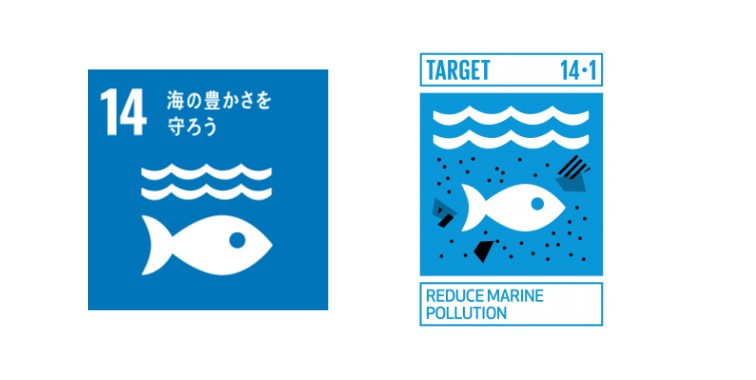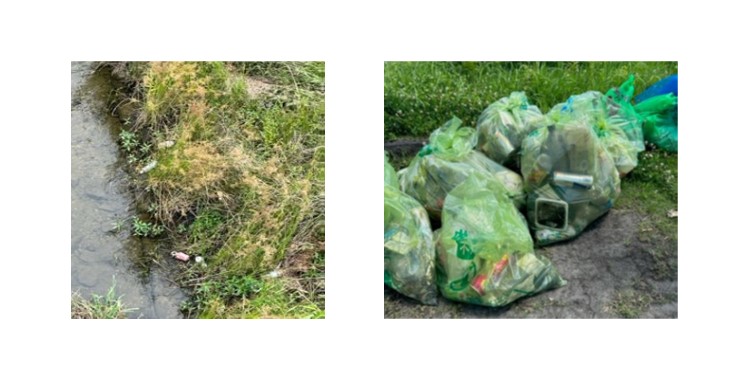Plastic Waste in the Ocean"Introduction of SDG Ambassador Activities"
SDG 14, Target 14.1
Plastic Waste in the Ocean
| Summary | We chose the topic of plastic waste in the ocean. Target SDG 14.1 states that 'By 2025, prevent and significantly reduce marine pollution of all kinds, in particular from landbased activities, including marine debris and nutrient pollution.' According to reports,the weight of plastics in the oceans is expected to become larger than that of fish by 2050."Because of the significant amount of garbage already in the oceans, many garbage patches formed along the ocean's current. In addition, the East Asian Sea around Japan is a hot spot of pelagic microplastics. The number of microplastics in East Asian seas around Japan is 27 times greater than in the world's oceans. After learning about these problems,we did two actions: picking up trash at Horikawa River and making a plastic garbage map according to Ocean Sweep guidelines. Through this project, we learned that the plastic waste situation in the ocean is so bad. We should learn more about the dire situation because of plastic waste and take actions that we can do, even if it is just a little. In addition, we must reduce the use of plastic in our daily lives. 1) Making a plastic garbage map We participated in making a garbage map, one of the programs of Ocean Sweep, by taking pictures of floating trash in the river and sea. From the Ocean Sweep's website,you can find a map showing the location of plastic waste in Japan. It is simple to participate in the activity. First, search for plastic garbage in rivers and seas. Then, take a picture of plastic garbage. Finally, send the picture to them via e-mail. The members decided to go to Utsutsugawa in Kasugai City for this activity. We found garbage, but it was less than what we imagined. We found a can of liquor, PET bottles, a transparent plastic file and some garbage were located in places difficult to reach. 2) Picking up trash at Horikawa River We also participated in picking up garbage at Horikawa River. We joined the NPO Horikawa Machi Netʼs volunteer work every third Sunday of the month at the Horikawa River. The picking up trash activity is one hour. After the activity, we sorted and combined the garbage. Cigarette butts were the most common type of garbage. The second was plastic waste, such as plastic bottle caps. Through this volunteer work, we found there was more plastic than we thought among the trash thrown into the river. After volunteer work, we received a certificate of participation. |
| Year/month | April 2023-July 2023 |
| URL | ncutimetoactnow Instagram account Ocean Sweep Horikawa Machi Net |




